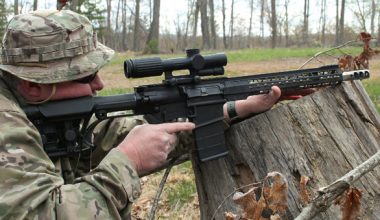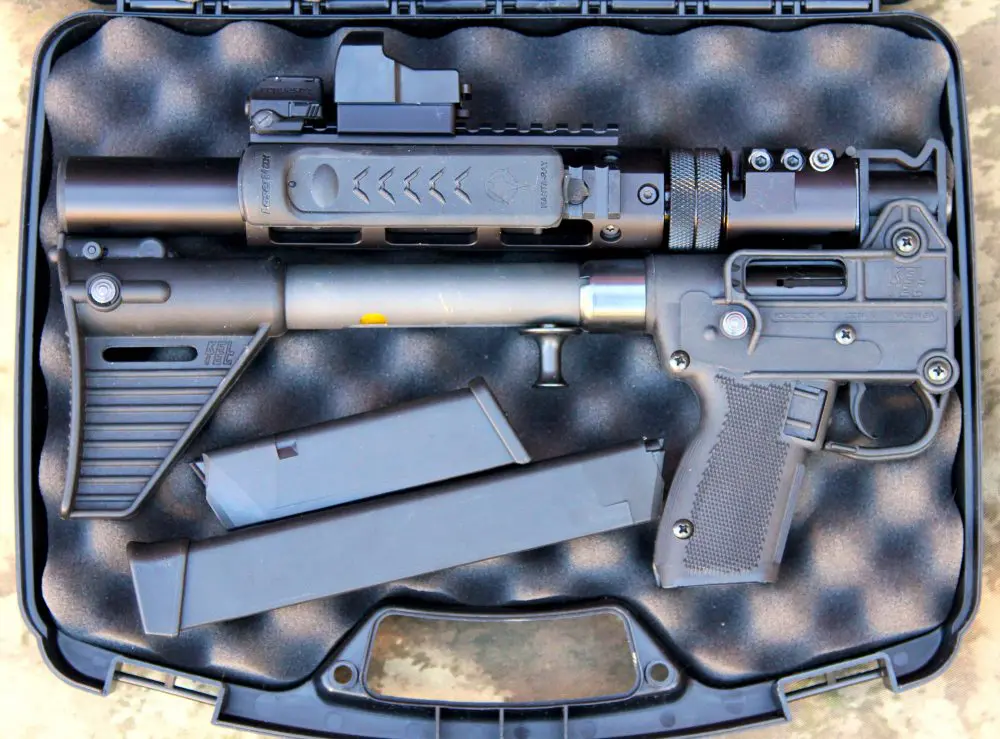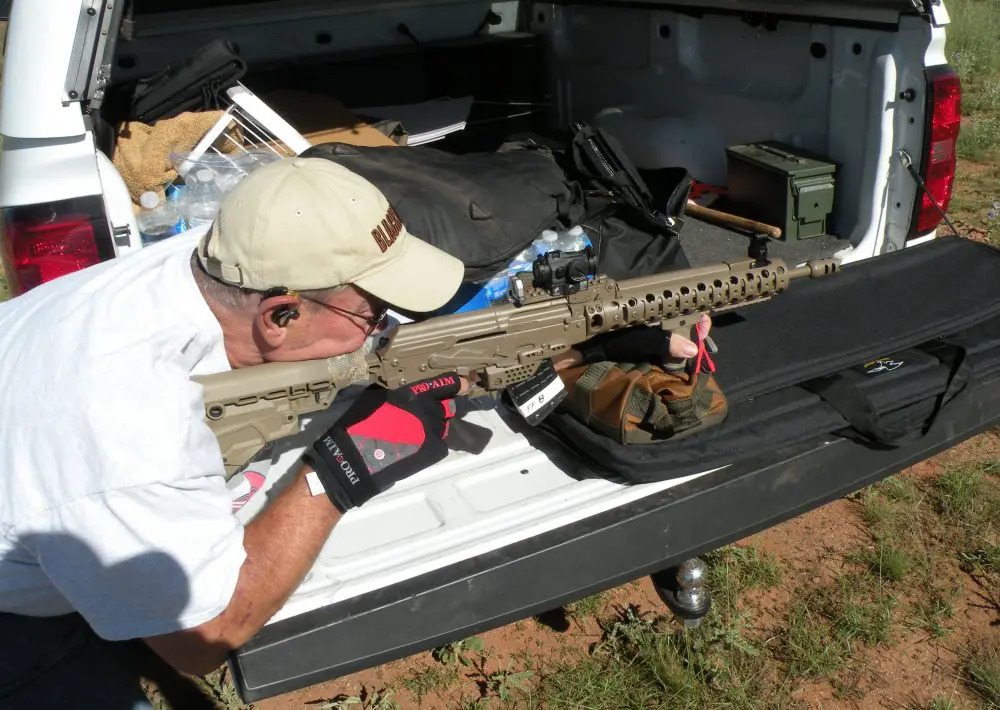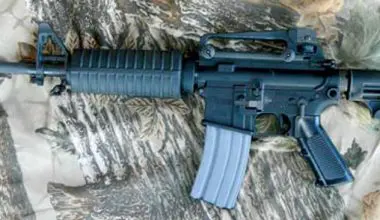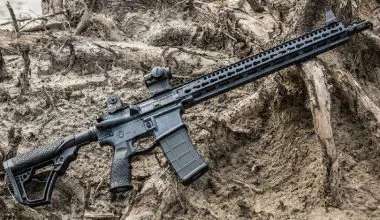Man is a visual creature. We gain most of our knowledge as well as our situational knowledge from seeing. But during periods of darkness, we lose that ability.
The history of handheld lights goes back to when a Russian immigrant, Conrad Hubert, invented the flashlight in 1898. The improvements were slow at first, but in the past decade or so we have seen drastic improvements in lighting. What we have now in our hands and on our guns was unthinkable a few years ago.
Light Emitting Diodes offer us a lot of illumination without the breaking of bulbs that was constant with incandescent lamps, and we have much better lights in much smaller packages.
We owe a lot of what we now have to the wizards at SureFire, and I still have an original handheld light—what turned into the 6P. I recently acquired three of SureFire’s newer lights: the Fury, Invictus and R1 Lawman. They are all high-output LED lights, with the Fury rated at 500 lumens, the Invictus at 800 lumens, and the R1 at 750 lumens. They are three very different flashlights and used for different reasons.
Table of Contents
LOW-LIGHT CHALLENGES
I got the Invictus first, and for cause. At EAG Tactical, we run a lot of low-light components in our classes, both on the flat range as well as in the shoot house. We require all hands to wear Personal Identification Devices during low-light iterations, but things are always difficult in low light.
Ensuring that the downrange area is clear or the shoot house empty is accomplished on several levels, to include accounting for all hands at the marshaling area, but in the end, the Rangemaster/OIC/RSO still has to do a visual sweep.
This means that he must go in and personally make sure no one is downrange. If in low light, that means using a handheld white light to verify the area is secure.
A problem we faced is that most handheld flashlights lack the power to illuminate most anything past 10 to 15 yards, but the distance we need to cover exceeds that. Some were out to 100 yards. There is a major difference between having sufficient light to see the shape of a human standing in the open and having sufficient light to discern who it is.
Add to that the fact that people may not always be standing in the open but may be in shadow, crouching down, or otherwise being less than visible, intentionally or otherwise.
Inside the shoot house, we had additional problems with hallways and furniture, which suck up light at the cyclic rate.
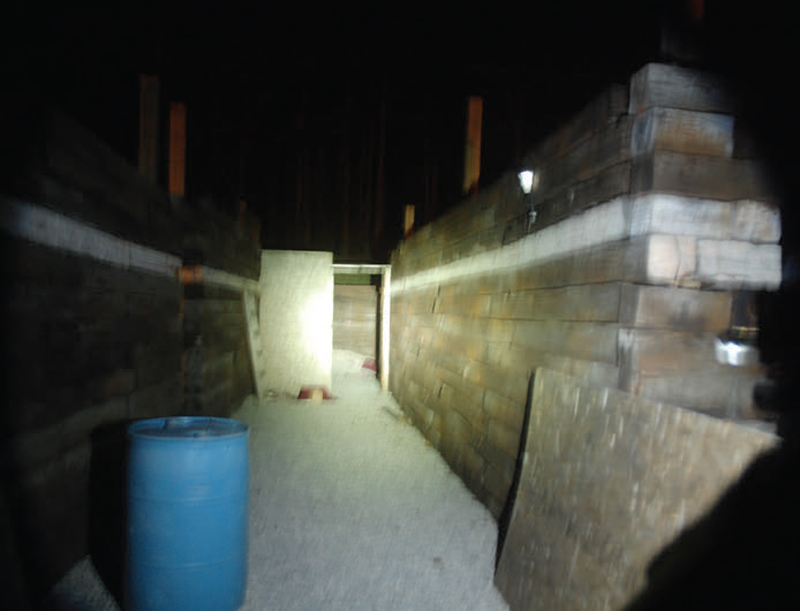

SUREFIRE INVICTUS FLASHLIGHT
Last fall, SureFire’s LE rep, Scott Wilson, showed up with The Yeti (Steve Fisher) as partners in an EAG Shoot House Combat Lifesaver Course in Alliance, Ohio. Scott asked me to try out an Invictus light for my duties inside the house, where approximately one-third of the runs are at night.
I gladly accepted the offer, and the usefulness of that light became readily apparent, enough so that it is now in my go bag.
The Invictus is a mid-sized light, but size is relative. It is described as an Ultra High LED multi-function illuminator. It has 11 settings, including Off, Strobe, and SOS, and eight levels of intensity, from two lumens at the lowest setting to 800 lumens at the highest.
It runs on three 123A batteries, giving a run time of 1.7 hours at the highest (800 lumen) setting and 84 hours at the lowest (two lumen) setting. A selector ring at the back of the head allows you to choose the level of light you need.
What I wound up with was a very capable light—maybe more capable than I need. While I appreciate the multiple intensity settings, I lived through the disco era and have no need for strobe lights. Your needs may of course be different. Likewise, the SOS setting is interesting, but not of use to me.
However, you can use a partial press to the tail cap to go to the lowest setting, while a full press brings you to the brightest setting.
The Invictus gives me the ability to put sufficient illumination downrange to ensure the range is clear. There are a number of other safeguards we use, but the ability to actually see downrange cannot be overemphasized.
The Invictus has a large (2.5-inch diameter) Turbohead with a Total Internal Reflection lens. This provides a very tightly focused beam with a lot of throw. Can it be used as a handheld light with your pistol? Yes, but to my mind, the X300 (and especially the new X300 Ultra) would be better for that purpose. The Invictus is too tightly focused for anything close, and there is minimal peripheral light available.
The Invictus is the range light I use when I’m working, and I wouldn’t give it up for nuthin’….
SUREFIRE R1 LAWMAN FLASHLIGHT
The R1 Lawman is a rechargeable light, and the target audience is (as the name implies) law enforcement. It is a midsized light, but on the smaller end of the mid-size chart. It’s powered by a lithium ion rechargeable battery that produces 750 lumens for 1.75 hours. In a pinch, the Lawman can be powered by two 123A batteries, but will then have a maximum output of only (!) 500 lumens.
Like the Invictus, the Lawman is programmable. It has two switches: a tail cap that provides momentary light and a clickie switch mounted on the head that allows high (750 lumens), medium (150 lumens) or low (15 lumens) light. It can be programmed for a strobe function or for high output only.
There is a charging port on the side of the light’s body. This makes it convenient for some, but others (including me) would prefer a charging cradle. It has a micro textured reflector, which means it has a very wide beam with a hot white center and well-defined peripheral.
On any given day, I’ll have several lights in my truck. Two are in my center console, and if I’m working, I’ll have several more in my kit bag. I also keep a headlamp up front, a SureFire Minimus. I have used that one a lot, for things like changing a tire, retrieving misplaced items, and checking targets at work.
They are all SureFire lights, though different models that I have picked up over the years. And the reason I have several is because any handheld light has a limited battery life. I generally change batteries every two months, and that keeps them working when I need them. Having a viable rechargeable light in the truck is a major plus for me.
As with the Invictus, I have no use for the Lawman’s strobe function. However, I have a strong need for a powerful light that can remain in my truck and be charged without problems.
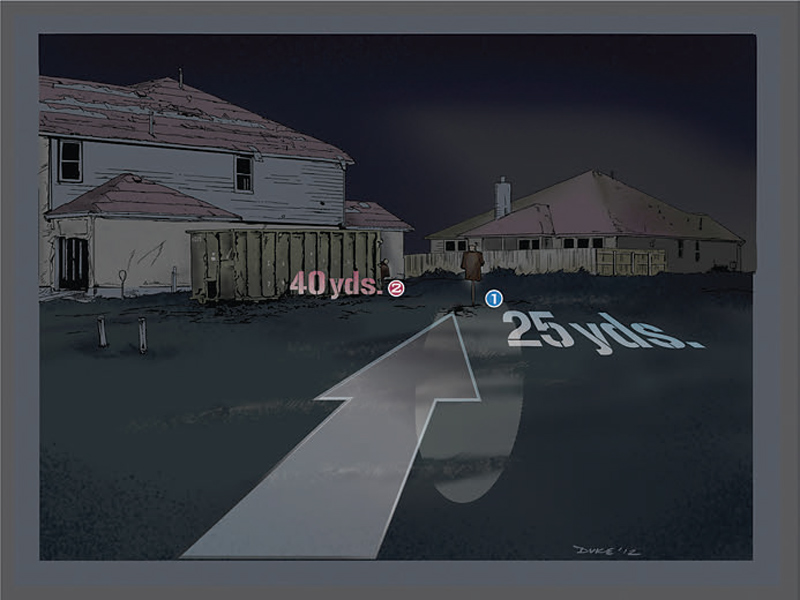
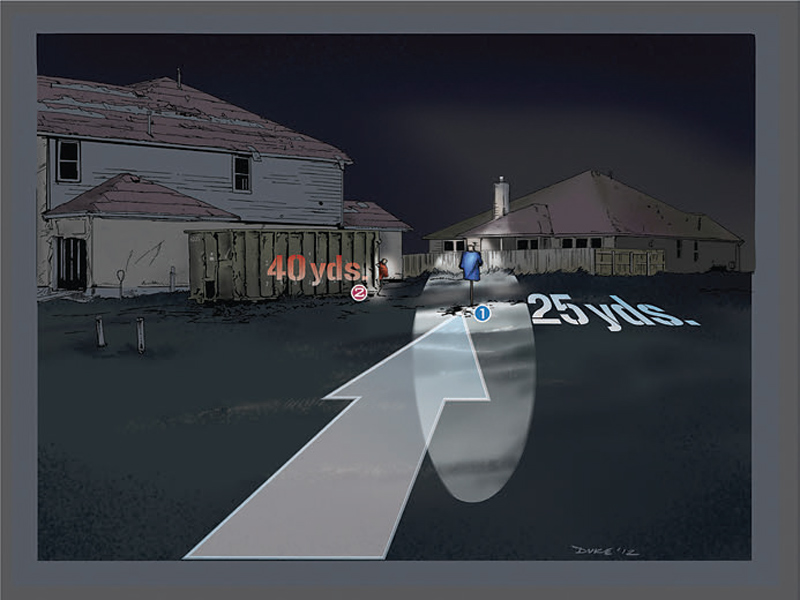
SUREFIRE FURY FLASHLIGHT
The Fury is an outgrowth of the 65-lumen G2 light, which was overtaken by the G2X at 200 lumens. The Fury is the follow-on to the G2X and puts out 500 lumens, a big leap forward.
Is there a point at which too much light is a negative? We often hear from others that you can have “too much” light. The mythology surrounding this is that you will be blinded by the light as it splashes back into your face.
Really?
I’ve been a cop and a Marine and have worked in this business for many years, and have yet to see documentation that someone was struck blind by a flashlight. But I do understand that sometimes, if you are close to a reflective surface, you may get enough light back at you to cause a distraction, but saying it blinded you is an exaggeration.
A popular complaint is that the flashback will degrade your night-adapted vision. But the reality is that once you turn on your light, your night vision is toast anyway.
The flip side of the coin is that you need enough light to punch out to a sufficient distance so you can not only acquire someone but also be able to identify if that someone is or is not a threat. If there is insufficient light, the acquisition/identification issue may not be viable.
If the beam is very narrowly focused, you can see a hot spot at distance, but there may not be sufficient peripheral light to permit you to have good situational awareness at close range.
How the light works has a lot to do with how it is used. The Scout light is an excellent light and has long been the gold standard for weapon-mounted lights, although its price puts it out of range for many.
It uses a Total Internal Reflection (TIR) lens to permit good reach with sufficient peripheral light, and it does a good job. The Fury has a Micro Textured Reflector to further shape the beam. It will give you greater peripheral light while still maintaining sufficient downrange throw.
Both are necessary for use as a weapon- mounted light. That corona—the peripheral light—is necessary so you can use your peripheral vision to expand your situational awareness without having to sweep the light directly onto something, a problem with lights that have too tightly focused a beam. It still has the centrally focused beam that allows you to punch out a good distance. Personally, I have never in my life wanted less light.

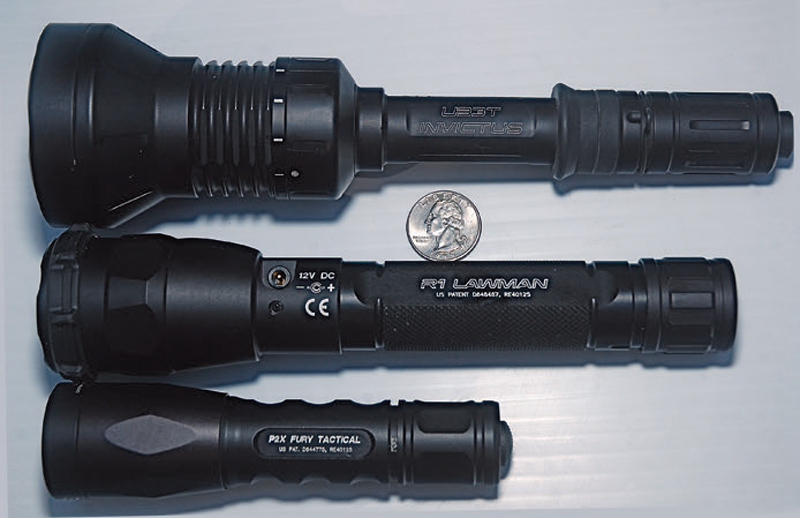
LIGHT SELECTION PROCESS
I have found that making a decision to acquire a light based on lumen output only is a poor idea. That output needs to be combined with the type of reflector/ lens and has to fit into the operational concept in which the light will be used.
I am not a flashaholic any more than I am a gun nut. Rather I am an end user who needs weapons, lights, armor, COMM gear and other related equipment to complete a task. They are all tools, and nothing more.
There is no doubt that SureFire makes great lights. Those lights are great because of the R&D that goes into them, and that is reflected in the cost of those lights. This is normal in business, but there is no doubt that cost puts some of the lights out of the range of the very people who need them the most.
To my mind, a lower-priced line— think the G2X and Fury type lights— might be worth a big push by SureFire. This was reflected in the price fluctuation of the G2X, which was introduced at $55, was followed by a price increase to $99, and is now around $66. The G2X replaced the older G2 light, a standby for many over the years.
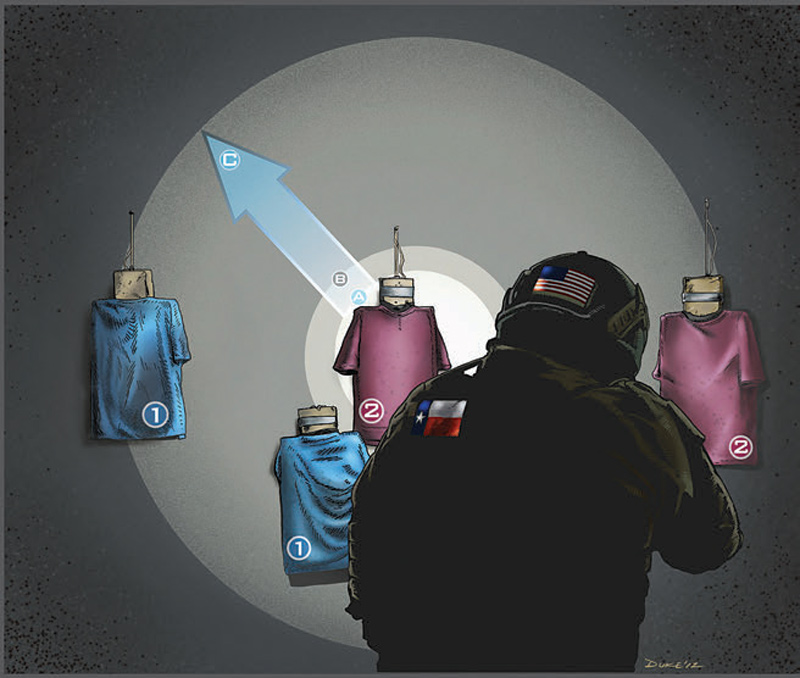
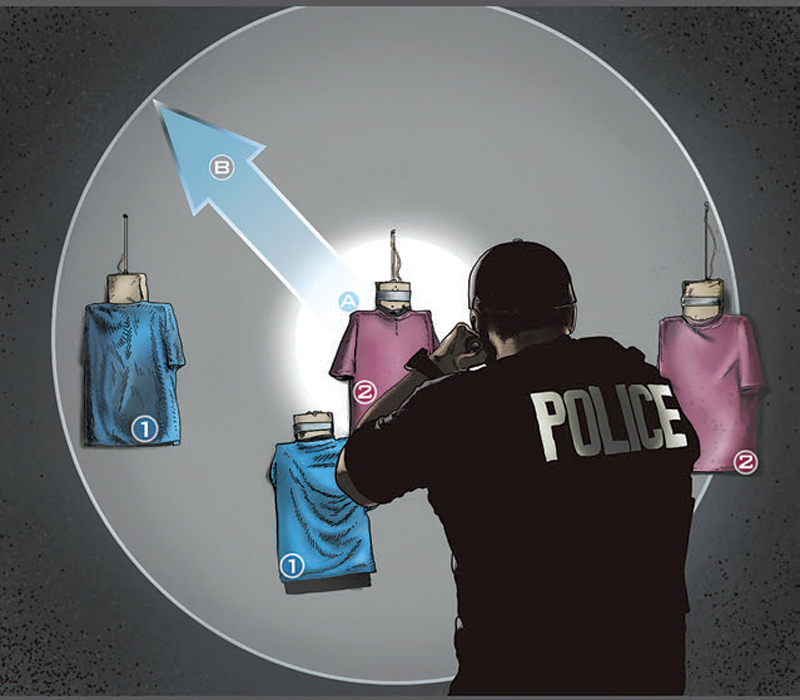
WEAPON-MOUNTED LIGHTS
And while SureFire states that neither the G2 nor the G2X should be used as weapon-mounted lights, at EAG we have a metric buttload of rounds downrange with both of those lights, and currently have 18 G2X lights on carbines—one with 21,000 rounds and another with 17,000 rounds downrange. We have had exactly zero problems with any of the G2X lights.
We’re replacing both of those lights with Fury lights. SureFire has also stated that the Fury should not be used as a weapon light, but we have several on our work guns with good results at this time. We’ll know a lot more in 11 months or so.
One negative issue is that we don’t want a low/high switch on a weapon light. SureFire offers the Defender model of the Fury with a clickie switch, but it also comes with a DNA collectortype bezel. There is a time and place for that, but it is not on my carbine. Until then I’ll have to replace it with a Z59 clickie switch.
But here is another bone to pick with SureFire. Why do I have to spend 30% of the cost of the light in order to get the clickie switch I need? I understand that SF has had an issue in sending out lights with a clickie switch. I have multiple correspondences with them going back 30 years about this.
Additionally, there is a large market that wants a simple single-function light. No strobes, no SOS, but a light that goes to its single high-output beam without a sharp bezel, but with a clickie switch.
LIGHT EVOLUTION
SureFire lights are built to be bomb proof, and that may well be true. The downside is that those very strong lights soon become overtaken by events—those events being that Sure- Fire keeps making smaller, lighter and brighter lights.
And as those pesky smaller, lighter and brighter lights are a magnitude better, I wind up with a tub of not as useful, but still functional, lights.
I have an 18-gallon Roughneck tub full of various SureFire lights—mostly military universal, a lot of handheld lights, and four M900 lights.
From a business perspective, I understand that equipment has to be replaced on a regular basis, and I budget for that. I’d just like not to spend for a light about half what I would spend for a gun.
Not long ago, we had crappy inexpensive flashlights powered by great big D-cell batteries that put out about the same amount of light as a birthday candle. With the advent of SureFire’s first light (later known as the 6P), we saw a revolution in what was available.
For a long time, we believed that 65 lumens was a tremendous amount of light, no matter how dim and yellow it might have been. We have evolved since then, and tactics, techniques, procedures and equipment have likewise evolved as we have learned to fight more efficiently.
